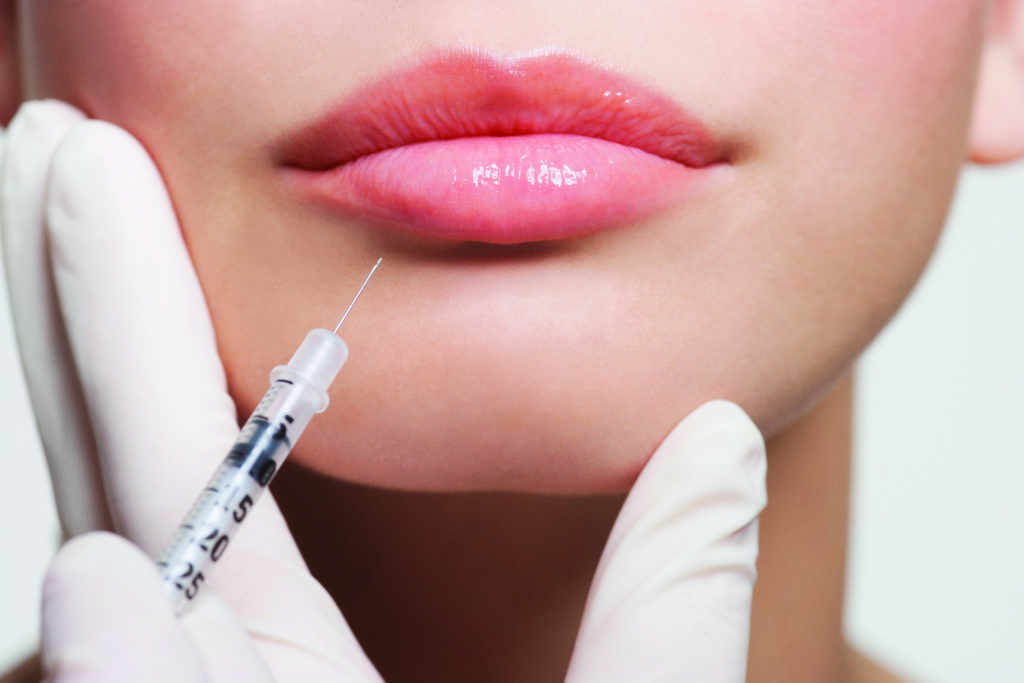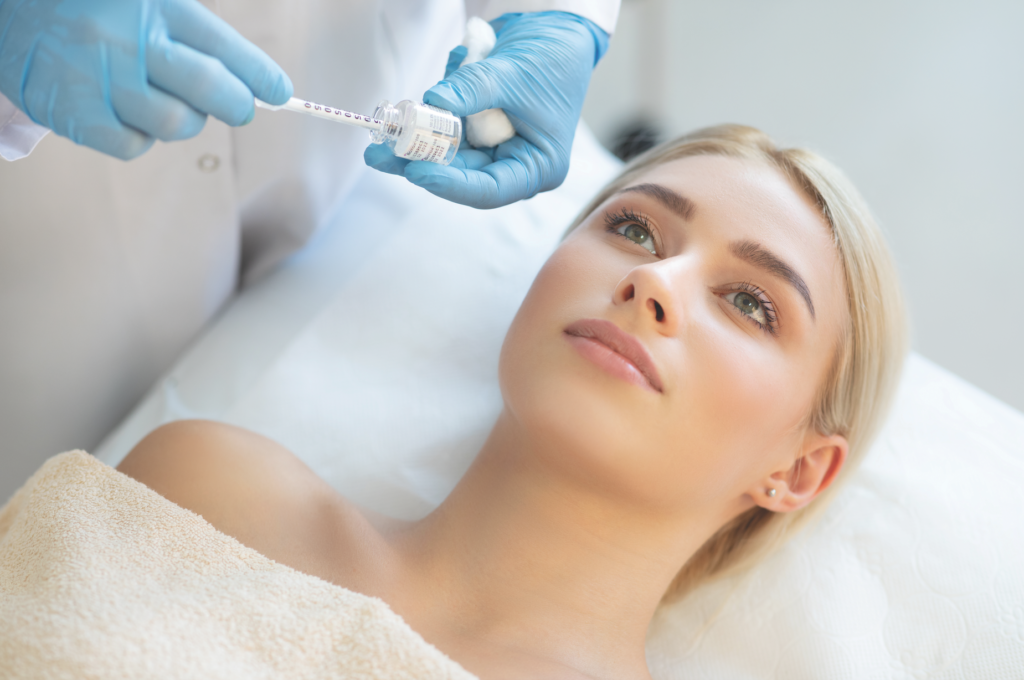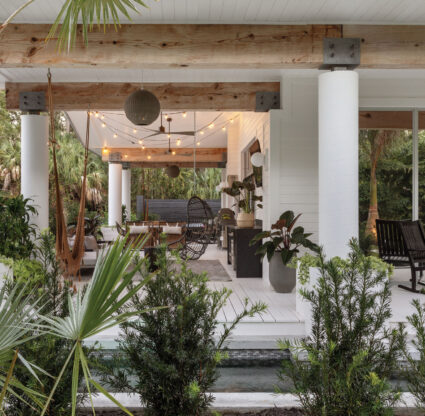The first day Naples Plastic Surgery reopened for elective surgery in May, 40 patients visited the clinic asking for Botox alone. “It’s been nonstop since,” says board-certified plastic surgeon Paul Gardner. “Demand has increased, and what I’m seeing is patients are doing things surgically that they’ve been wanting to do for a long time but didn’t because they couldn’t take the time off to recover.”
With gala season slashed and few leaving their homes for work or dinner dates, plastic surgeons across the country are seeing a dramatic increase in patients using the downtime to invest in themselves. And with masks now being part of daily life, it’s easy to conceal any signs of swelling or bruising if one needs to leave the house.
Despite the uptick in plastics, Gardner, a specialist in advanced facial cosmetic surgery and nonsurgical facial rejuvenation techniques, says he is seeing a lot of demand for minimally invasive procedures, like a mini facelift, where recovery is closer to two weeks instead of six, and a single surgery can last five or more years. Laser treatments can also cut downtime in half so that a procedure normally requiring seven to 10 days of recovery may now only need four or five days. “With facial plastic surgery, we’ve been able to fine-tune surgical parts of our practice so they’re more patient-friendly,” explains Richard Maloney, a facial plastic surgeon at Aesthetic Surgery Center in Naples. He has spent the last 40 years working with a variety of laser application systems, Botox and facial fillers. “The endoscopic procedure (which requires fewer incisions), developed in the early 1990s, has undergone technological changes in past years, so it’s less invasive and results are increasingly more natural.”
For a while, there were several devices on the market aiming to offer nonsurgical skin tightening of the face or body, explains Naples-based facial plastic surgeon Anurag Agarwal, owner and medical director at Aesthetic Surgery Center. For the most part, however, he only saw effective results in 30% to 40% of patients. “The holy grail of plastic surgery is finding something that can do be done nonsurgically and effectively with little downtime,” he says. “Every device has this short honeymoon period where everyone thinks it’s the latest and greatest, but now the pendulum has swung the other way more toward surgical and laser treatments.”


Facial rejuvenation is a spectrum that ranges from minimally invasive (injectable fillers, Botox) to energy-based devices and surgery. Double board-certified facial plastic surgeon Stephen Prendiville in Fort Myers is working with one of the newer radiofrequency microneedling (collagen induction therapy) tools, the Virtue RF, which utilizes 36 gold-plated microneedles to stimulate collagen production, followed by a soothing, microcurrent dual mask that helps seal in the treatment.
To help brighten, tighten and stimulate collagen, board-certified plastic surgeon Kiran Gill, who has her own practice in Naples, is also incorporating microneedling, or a combination of microneedling with radiofrequency treatment, along with a series of peels called the VI Peel. A blend of five acids, the VI Peel is designed to help with pigment discoloration, a common issue in Florida due to sun exposure.

Another popular product is the newly FDA-approved Restylane Kysse, a longer-lasting hyaluronic acid lip filler that’s been in international markets for some time now. Most fillers last six months, but this lasts a year, and Gill says it looks natural while adding fullness or contour. “The rise of Zoom and FaceTime chats have prompted more facelifts and lip augmentations, since people are looking more at their face and skin than before,” she explains. “A lot of patients who were otherwise going to events before still want their skin to look radiant—people want to feel good even though they’re not going out.”




